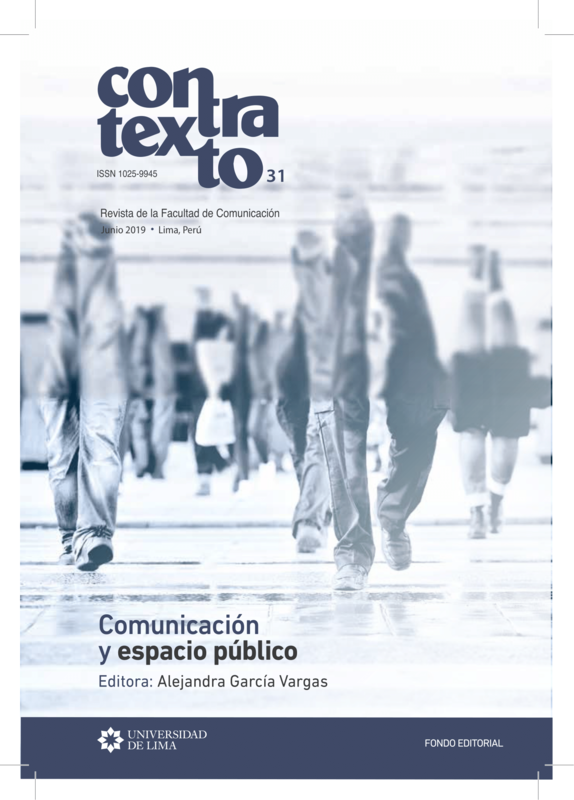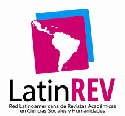Notes on the “right to the city”: reviews and tensions of an ambiguous concept
DOI:
https://doi.org/10.26439/contratexto2019.n031.3898Abstract
In recent years there has been an accelerated growth in urbanization processes in different Latin American cities. The capital order is spatialized in urban scenarios that show differential ways of experiencing the city, where the relationship between space and society becomes an analytical key point to understand the current processes of social structuring. In this context, the “right to the city” bursts into the agenda of numerous sociocultural organizations and groups, in addition to becoming an argument for the design of public policies by current governments. This paper aims to reproblematize the concept of the “right to the city” by attempting to review its main backgrounds as an empirical registration of its instrumentation in local policies. For that purpose, we will refer to “urban laboratory experiences” developed by private agents within the framework of the Emerging and Sustainable Cities Program of the Inter-American Development Bank (IDB) in certain areas of experience. If the “right to the city” is assumed as a tool for the inclusion of governments to urban pariahs —according to Wacquant— for access to the city, what does it mean to think of this right when spatial inequalities intensify? Is the “right to the city” considered as a chimera for neighborhood groups and organizations or an argument for the practice of forms of violence sweetened by spatial capitalism?
Downloads
Downloads
Published
Issue
Section
License
All of the works published are licensed under a CC BY 4.0 Creative Commons Attribution license. (updated on March 1st 2021)
The content of the journal may be shared in any material or format. The content may be adapted, contributed upon and transformed. Both possibilities are only permitted in so far as they complete the following conditions:
- Attribution: Credit must be given where it is due, a link to the license must be provided and changes, if made, must be indicated. This should be done in the manner deemed appropriate, without suggesting that the licensor promotes you or your use of the material.
Ownership rights
The patrimonial rights for Contratexto are published under a Creative Commons BY 4.0 license, allowing authors to keep the patrimonial rights to their work without restrictions.
If a work published in Contratexto were to be copied, distributed, spread, or any other activities contemplated in the aforementioned license, the author(s) and the journal must be mentioned visibly and expressly.
Self-archive
This journal allows and encourages authors to post items submitted to the journal on personal websites or institutional repositories both prior to and after publication, while providing bibliographic details that credit, if applicable, its publication in this journal.

















